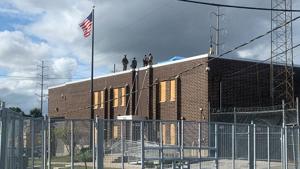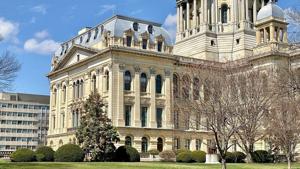
Southwest falls short on list of great cities to drive
There’s no place safer to drive in the U.S. than Corpus Christi, Texas.
That’s according to a WalletHub study, which puts five Texan cities in the top 10 of 100 cities.
California didn’t fare as well, with four cities landing in the bottom 10 of the “Best and Worst Cities to Drive In” study. But even 93rd-ranked Los Angeles did better than the City of Brotherly Love.
Philadelphia is America’s worst city for driving, according to the study.
The rest of the bottom 10 are Seattle at No. 90; Baltimore, 91; San Jose, Calif., 92; Detroit, 94; San Francisco, 95; Chicago, 96; New York City, No. 97; Washington, D.C., 98; and Oakland, 99.
Only one city in the Southwest broke into the top 10: Scottsdale, Arizona, at No. 4, right after No. 2-ranked Greensboro, N.C., and No. 3-ranked Boise, Idaho. The rest of the 10 top consisted of Laredo, Texas at No. 5; Lubbock, Texas, 6; Birmingham, Alabama, 7; Plano, Texas, 8; Austin, 9, and Winston-Salem, N.C., 10.
“No matter where you live, you have the worst drivers,” WalletHub writer and analyst Chip Lupo told The Center Square. “Everyone is looking at it from their own lens.”
WalletHub’s study went beyond that lens. It based its study on cost of ownership and maintenance of vehicles, traffic and infrastructure, safety, and access to vehicle maintenance. The traffic evaluation included annual hours spent in congestion and the average commute time by car, two categories in which Los Angeles does poorly. The City of Angels didn’t get heavenly marks with a 91st ranking in traffic and infrastructure and 95th in vehicular maintenance.
The city suffers from long commute times, a high rate of traffic fatalities and the lack of enough freeways to support the volume of traffic, Lupo said.
“There are also huge problems with uninsured drivers,” the WalletHub analyst said, adding there’s a high rate of car thefts.
Los Angeles managed to do better in safety at No. 68 and No. 37 in access to vehicles and maintenance.
Doing worse than L.A. was 95th-ranked San Francisco. Lupo said WalletHub determined the city, which has the same issues as L.A., has a higher chance of accidents and poor quality of roads.
“In California, we haven’t been as focused on improving road structure as much as we should,” said Steven Greenhut, director of Pasadena-based Pacific Research Institute’s Free Cities Center. He noted the state government is more focused on promoting public transit.
“It’s social engineering over transportation engineering,” said Greenhut, a Sacramento resident who wasn’t surprised many California cities landed near the bottom.
“The cost per mile of upgrading roads is higher than other states,” Greenhut said, blaming unions and bureaucracy. “The state hasn’t kept up with the road construction that’s needed. The maintenance isn’t that great.”
California needs more freeways to relieve congestion, as well as lower gas prices, Greenhut said. “The reason our gas prices are so high is because we have this special fuel formulation, which reduces our ability to import from neighboring states. And we have the highest gas taxes in the country.”
California’s average price on Tuesday was $4.657 per gallon, well above the national average of $3.076 a gallon, according to AAA. Its gas price is consistently the highest in the U.S.
Closures of refineries, regulations and the state’s commitment “to drive fossil fuel out of the state” all contribute to gas hikes, Greenhut said.
Elsewhere in the West, Seattle, known for its traffic jams on its main freeway, Interstate 5, and its notorious “s” curves on Interstate 405, landed at No. 90.
At No. 4 overall, Scottsdale, Arizona, did much better than any other western city on the list. In traffic and infrastructure, Scottsdale was No. 1.
“It has a lower-than-average commute time and is 18th in safety,” Lupo said, adding that the latter includes traffic fatality statistics.
“Its share of uninsured drivers is low, and car thefts are low,” Lupo said. “Gas prices are a little above average.
“Scottsdale is primarily known as a retirement community, so there’s probably not a lot of daily rush hour traffic,” he said.
Other Arizona cities did well in their overall rankings in the WalletHub study, with Chandler and Gilbert at Nos. 16 and 17, respectively.
Phoenix, though, is right at the halfway point in the list, at No. 50.
The city ranks high in traffic and infrastructure, but it’s the 92nd city in costs of ownership and maintenance of vehicles. “It’s 40th in the cost of a new car,” and there are high car insurance rates, Lupo said.
Nevada’s big cities fared better. Las Vegas was No. 23.
“Las Vegas gets high marks for traffic and infrastructure, but gets a 63rd ranking in the cost of ownership and maintenance of vehicles,” Lupo said. “Car insurance rates are pretty high.”
Las Vegas, though, does have lower gas prices than nearby California. The average price in Las Vegas on Tuesday was $3.908 a gallon, according to AAA.
And the city has a “reasonable average commute time,” Lupo said.
Reno has higher gas prices than Las Vegas, which coupled with high monthly car insurance premiums, puts it at No. 36 on the list, Lupo said.
On Tuesday, Reno’s average gas price was $4.083 a gallon, AAA said.
In Colorado, Denver landed at No. 80 on the list because it can’t keep up with its growth, hurting it in the traffic and infrastructure category, the WalletHub analyst said.
Latest News Stories
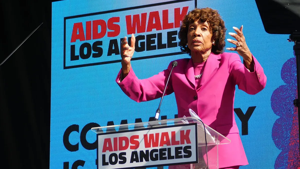
L.A. congresswoman insists on health insurance tax credits
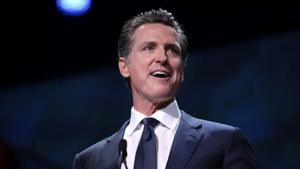
Newsom threatens university funding over Trump’s education deal

Former Los Angeles schools chief runs against city’s mayor
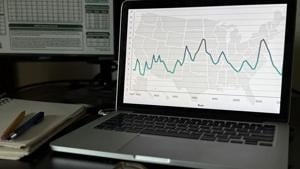
Illinois quick hits: WARN report layoffs total 1,689; Powerball winners in Rochelle and Colona
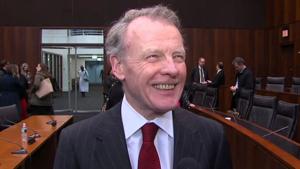
No ethics reform in sight as ex-speaker’s scheduled prison term begins

Trump losing ground on economy, poll finds

Major tech company to cut H-1B visas amid Trump pressure, fee
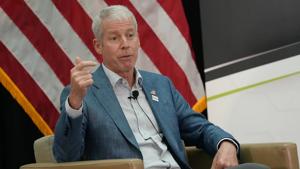
US, India to hold new round of trade talks, with focus on energy

Johnson: Republicans ‘have plans’ to ‘fix’ Obamacare
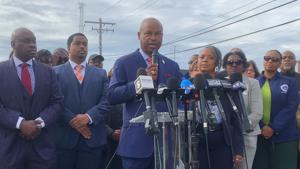
Illinois House Speaker: ‘Mr. Trump, tear down this fence!’
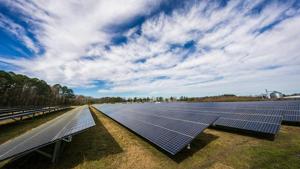
Energy cost concerns loom as legislators look at policy changes

PJM exit: A price solution or power move?
